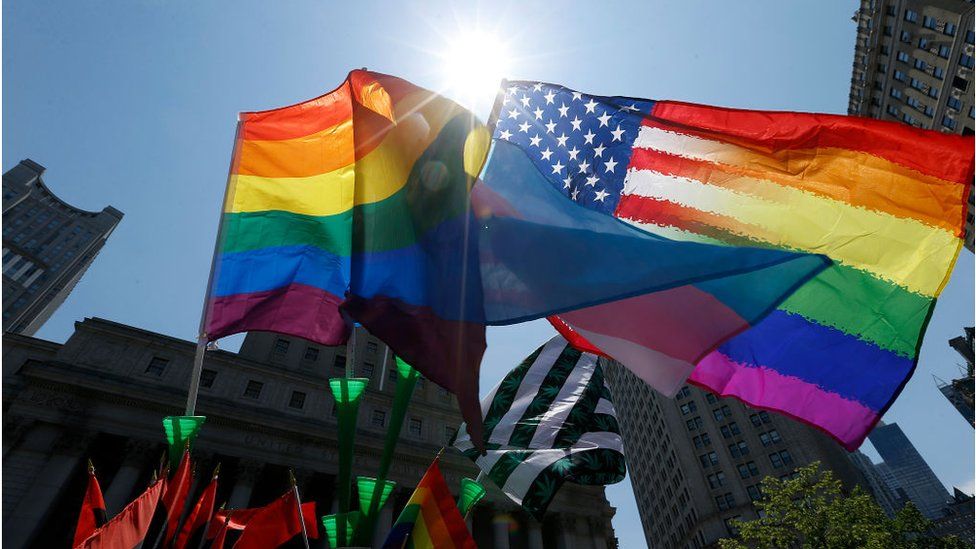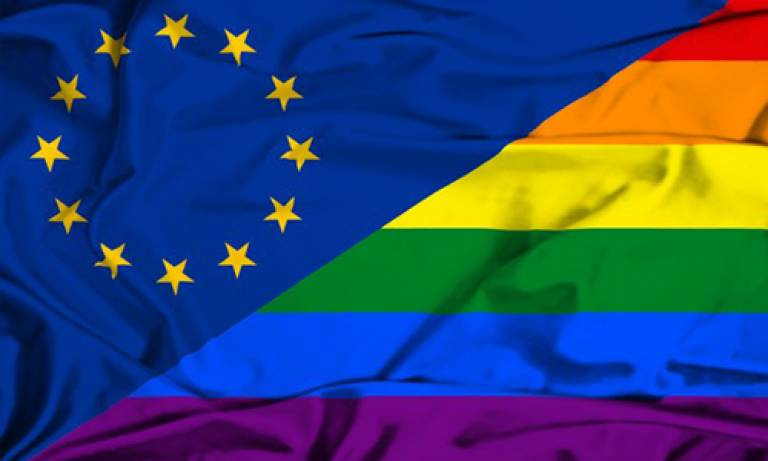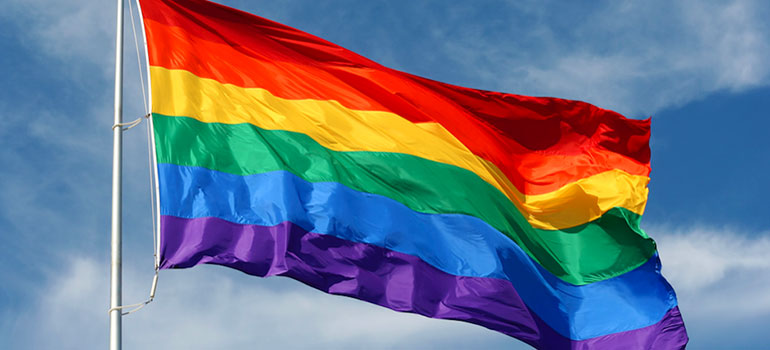LGBT in the USA
The LGBT community has a long and complex history in the United States. From the first wave of organized activism in the late 1960s, to the fight for marriage equality that continues today, LGBTQ people have been at the forefront of some of America’s most significant social movements. Despite advances made since then, many members of this diverse community still face discrimination, violence and inequality due to their sexual orientation or gender identity.
In recent years, there has been an effort to increase visibility and acceptance for LGBTQ people in all aspects of American life. From corporations introducing nondiscrimination policies that include gender identity and expression to local governments passing laws prohibiting discrimination on sexual orientation grounds, progress is being made. Even so, full equality is still a long way off – especially when it comes to issues like employment discrimination and access to healthcare – but these changes are helping create a more inclusive society for everyone.
History: Discrimination & Prejudice
Discrimination and prejudice have been deeply entrenched in American society throughout its history. From the civil rights movement of the 1960s through to today’s continuing struggle for LGBT equality in the United States, discrimination based on race, gender, sexual orientation, and other factors has been an ongoing problem. The fight for LGBT rights began as early as 1924, when a group of activists pushed for legal reform in New York City. Despite these attempts at progress, it wasn’t until 1973 that homosexuality was removed from the list of mental disorders by the American Psychiatric Association.
In recent years, a number of landmark court decisions have provided protections for members of the LGBT community under federal law. In June 2015, same-sex marriage became legal nationwide with Obergefell v Hodges ruling by Supreme Court Justice Anthony Kennedy which extended marriage rights to same-sex couples across all 50 states.
Laws Supporting LGBT Rights
The LGBT community has seen a positive shift in the United States with laws being passed to ensure their rights are protected. From marriage equality to workplace non-discrimination, these laws are changing the way the LGBT community views and interacts with society.
The history of LGBT rights in the United States began with an amendment to the Civil Rights Act of 1964 that banned discrimination based on sex. This was further expanded by President Barack Obama’s executive order that prohibited federal contractors from discriminating against employees based on sexual orientation or gender identity. In 2015, Obergefell v Hodges declared it unconstitutional to deny same-sex couples from marrying.
Other recent legislation such as The Equality Act, aims to make sure that no one faces discrimination based on their sexual orientation or gender identity when accessing housing, health care, education and public accommodations.
Key Figures & Organizations
The Lesbian, Gay, Bisexual and Transgender (LGBT) population in the United States of America is a diverse and vibrant community. It consists of people from all walks of life and has had a significant impact on American culture. Key figures, organizations and events have helped to shape the LGBT movement in the USA over the decades.
From early activists like Harry Hay who founded the Mattachine Society in 1950 – one of the first national gay rights groups – to later pioneers such as Harvey Milk, who was one of the first openly gay elected officials in California, there have been many influential individuals that have fought for LGBT representation. Other movements such as Stonewall Uprising and ACT UP also made their mark on history by bringing attention to issues that affected LGBTQ+ communities across America. Today, organizations like The Human Rights Campaign are still working hard to tackle discrimination against LGBTQ+ Americans.
LGBT Representation in Media
For decades, the LGBT community has been under-represented in mainstream media. While some progress has been made, there is still a long way to go before LGBT people are able to see themselves accurately represented in television, film and other forms of media. By understanding the importance of accurate representation and focusing on positive images within the media, we can begin to work towards creating a more inclusive environment for the LGBT community.
The LGBT rights movement in America has seen many changes over recent years; however, there is still much that can be done to further increase visibility within the media. From an early age, children learn about gender roles and social expectations by watching television shows or movies which often lack diverse characters representing different sexual orientations.
Impact of Marriage Equality
The LGBT community in the United States has seen a major shift over the past several years as marriage equality becomes a reality. The 2015 Supreme Court ruling that legalized same-sex marriage nationwide was a landmark victory for members of this diverse community, and it has had a profound impact on their lives. Increased acceptance of same-sex couples has created an atmosphere of inclusion and understanding that many Americans are now taking advantage of to build fulfilling relationships with those they love.
The increased visibility of LGBT individuals also allowed them to gain legal protection against discrimination in employment, housing, education, access to public services, healthcare, adoption rights and more. This newfound freedom has provided countless members of the LGBT community with greater self-esteem and personal agency by allowing them to be themselves without fear or shame.





